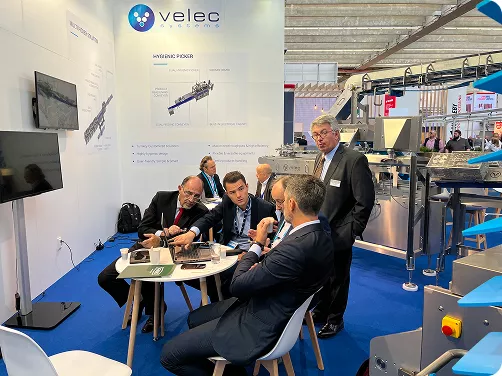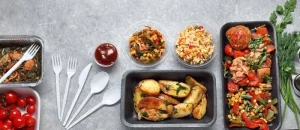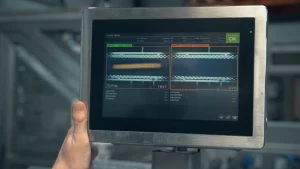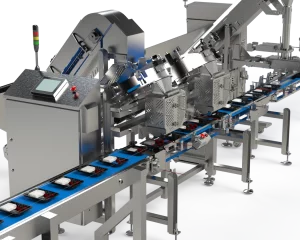Filling machines touch every part of our lives. Did someone in your home wash their hair last night? Did the kids get peanut butter and jelly sandwiches for lunch today? Did someone in the office share a photo of their puppy with its front paws in the food bowl? These everyday activities are only possible because a machine filled the shampoo bottle, jelly jar, and soft pet food container.
But how do filling machines work?
How a Filling Machine Works
There is a filling machine for every product, whether cleaning products, carbonized drinks, or frozen vegetables. Filling machines deposit an exact amount of product into a container based on time, number, weight, volume, or a combination of these measurements. The product type defines which filling machines are used, and the production timeline determines whether the system is manual, semi-automated or fully automated.
Filling machines speed up the production line. Hand-filled products take longer to get into the market and generate an income, than those produced with an automated system. Multi-Fill volumetric filling machines can deposit some foods at speeds up to 120 containers per minute while maintaining product appearance and integrity. The machine speed, however, varies by model, layout, product, and container type.
As mentioned, the type of product defines which filling machine is used. The machine to fill bottles, cups, cartons, and cans would be a liquid filling machine. A powder filling machine is used to fill powdered milk and salt, while granule filling machines fill sachets with sugar. A gel filling machine would fill shampoo bottles.
How do you decide whether to use manual, semi-automatic or fully automatic filling systems? Big companies that need to produce high volumes will use an automatic filling machine as it saves time, labor costs, and there is little risk of contamination. Manual filling is the most labor-intensive, while semi-automatic filling cuts down on the contamination risk as well.
Filling Type
The type of filling technology used depends on the product properties, type of container, and desired filling accuracy. But how do the different filling machinery get products into containers to the accuracy required? Let’s discuss a few methods.
Gravity Filler. A tank above the filling head uses the product weight to fill the container. As soon as the valve under the filling head opens, the product starts to flow. Then the valve closes again after a set time. The product should be free flowing with consistent viscosity, and no particles that could obstruct the filling heads.
Pump Filler. Best for filling thick liquids, the machine uses a pump to draw liquids from a drum and then injects them into a container. Pump fillers determine the fill volume by counting the gear revolutions it takes to complete the filling action, also called pulse timing.
Piston Filler. Ideal for thick liquids and pastes, it includes a valve system that uses a stroke and discharge system. A piston draws the product from a drum and injects it into the container. This volumetric system is often used for semi-automatic machines.
Overflow Filler. The focus here is to fill bottles to the correct level even if there are slight variations in volume and is popular for filling clear containers. It makes the product look consistent and visually appealing to consumers.
Bottom-up Pressure Filler. The machine nozzle is dropped through the container spout until it reaches the bottom. Then it discharges the liquid to the correct fill level. This method is useful for foaming liquids.
Multi-Fill is a leading provider of high-quality food filling systems for hard-to-fill products. Although we cannot help with filling the shampoo bottle, we can definitely help with the pet food. We can even count the frozen sausages the kids might enjoy for dinner as we partnered with Velec Systems to integrate counting into our food processing equipment . Do you need filling machines for your business? Contact Multi-Fill today.



